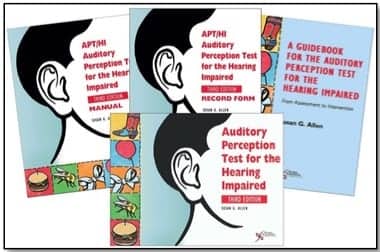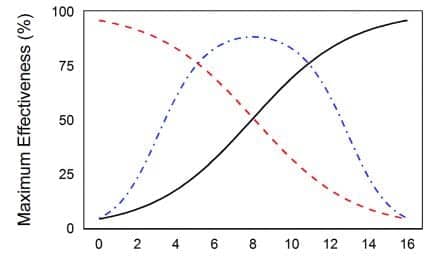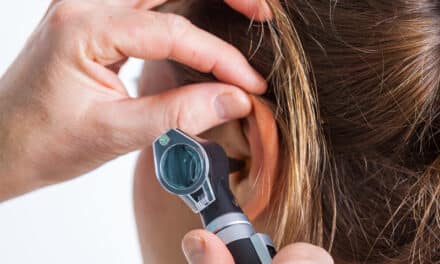
According to the publisher, by using a limited set of words within the test and the recommended trial sets, the user can determine if a student understands the linguistic material included in the test item set, which demonstrates that auditory processing–rather than linguistic functioning–is being tested.
?Designed to be practical and easy to use for use with any number of curricula, the third edition of APT/HI by original author Susan G. Allen identifies specific auditory perception and processing deficits across the continuum of listening, from awareness to open-set comprehension. It allows for specific analysis of an individual’s ability to decode phonemes in isolation as well as in the context of words and sentences, and examines suprasegmental and linguistic processing skills. A performance profile (rather than a score) provides a display of mastered, emerging, and missing skills.
The new and updated edition of APT/HI is intended to guide the professional through the APT/HI assessment process, and now also offers ?guidance on how intervention can be structured in a way that will maximize listening and spoken language development in ?children with hearing loss.
?The complete and revised APT/HI, Third Edition kit includes an APT/HI Test Manual (spiral-bound) with picture plates and instructions for performing each task, and a Guidebook for the Auditory Perception Test for the Hearing Impaired (soft cover) designed to be used with children who have undergone assessment with the APT/HI.
While the test manual contains useful information, many professionals may not possess the background, knowledge, and skills to interpret the results provided by the APT/HI and then develop a careful intervention plan for the child. Therefore, the Guidebook clearly describes step-by-step processes for developing specific goals in audition, speech, and language for children who have completed the assessment. Numerous case studies are used to illustrate this process at various ages and levels of auditory functioning and speech/language development.
Author Susan G. Allen, MED, CED, MEd, CCC-SLP, LSLS Cert. AVEd, is the founder and supervisor of the Clarke Schools for Hearing and Speech, Jacksonville campus (formerly known as Clarke Jacksonville Auditory/Oral Center for Deaf Children) and was previous director for 15 years. Allen has 49 years of experience teaching deaf children to listen for intelligible speech and oral language, and has presented more than 100 papers, courses, and workshops. She has been invited as a keynote speaker and lecturer at numerous conventions and universities nationally, and has served on several committees and boards for special-needs children.
Source: Plural Publishing




